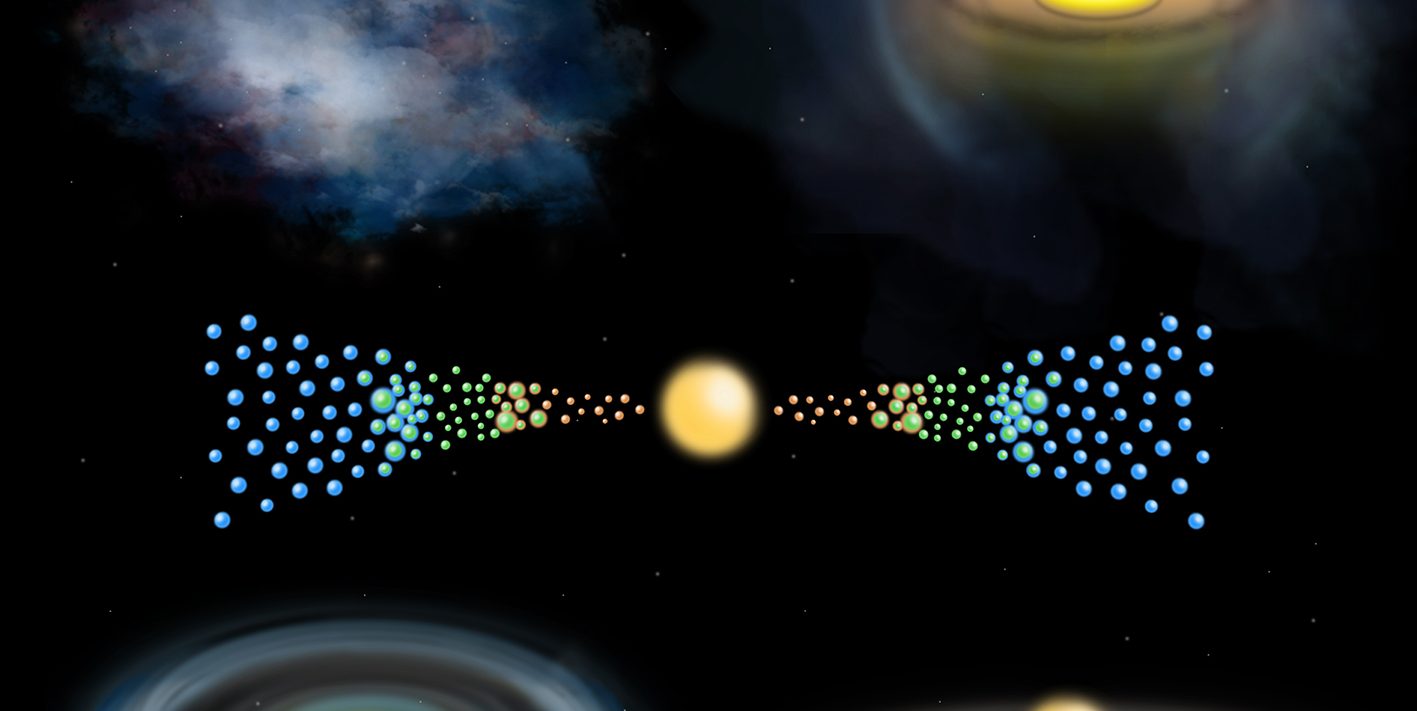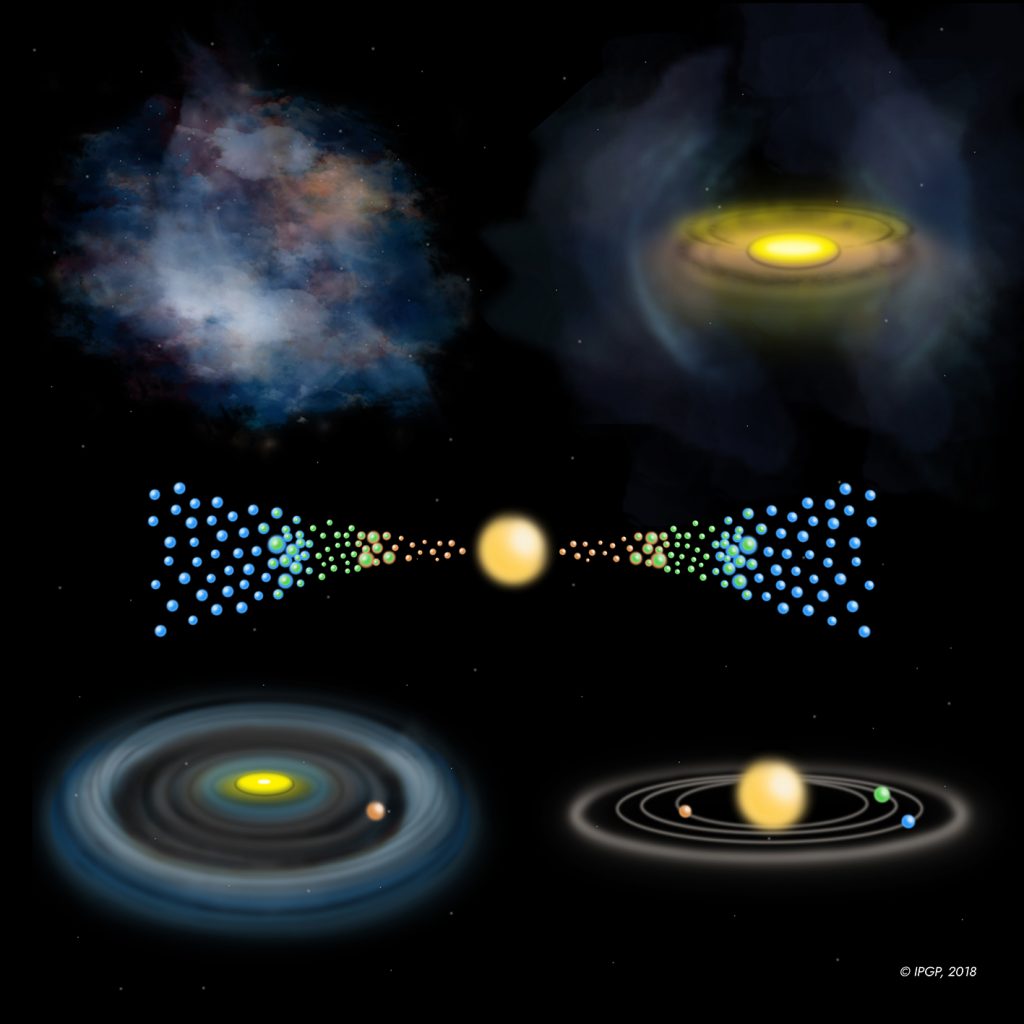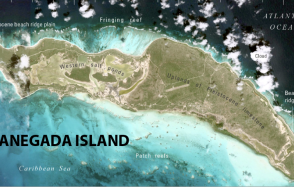Chondrules, a window on the early evolution of the solar system
In a study published on August 6th in the journal PNAS, an international team, led by researchers from IPGP and IUEM, presents an analysis of the evolution of volatile element abundances during the "youth" of our solar system, proposing an explanation for the origin of the differences in chemical composition between Mars and Earth.

Publication date: 08/08/2018
General public, Press, Research
Related teams :
Cosmochemistry, Astrophysics and Experimental Geophysics (CAGE)
Related themes : Origins









